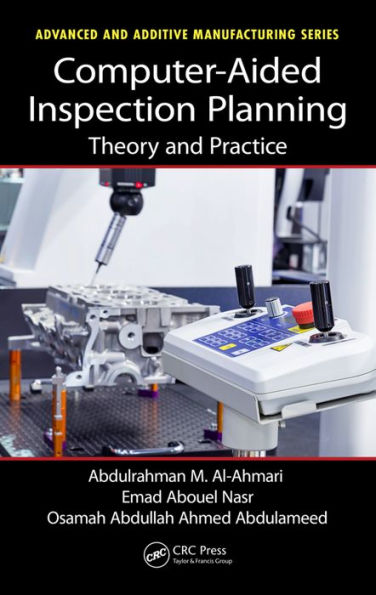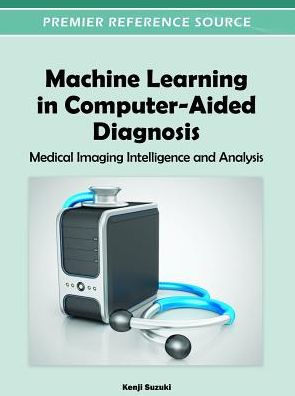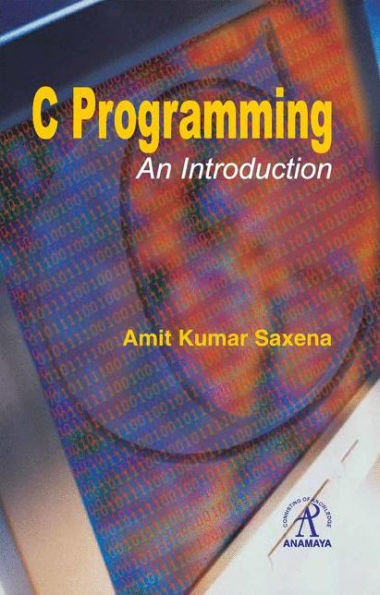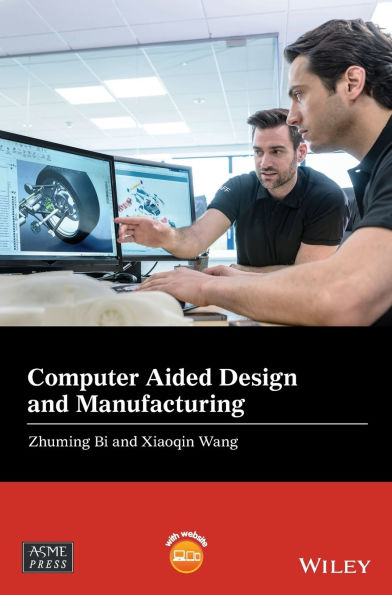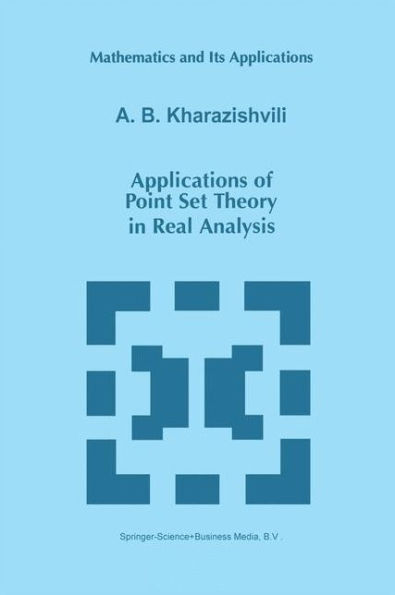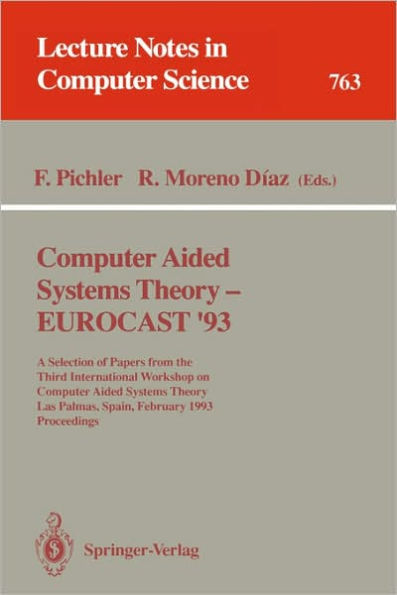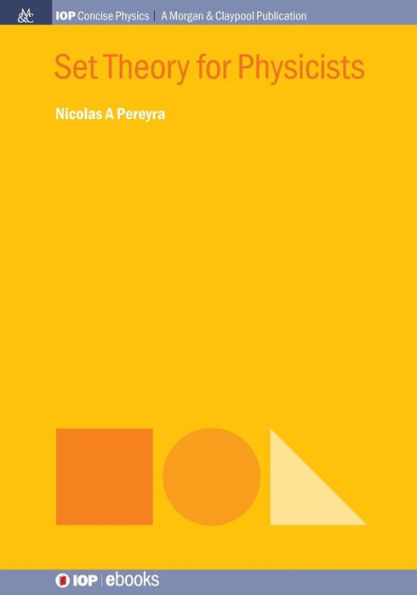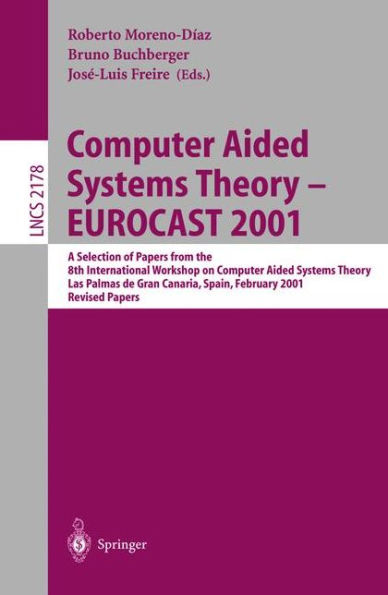Home
Set Theory Objects: Abstractions for Computer-Aided Analysis and Composition of Serial and Atonal Music / Edition 1
Barnes and Noble
Set Theory Objects: Abstractions for Computer-Aided Analysis and Composition of Serial and Atonal Music / Edition 1
Current price: $64.95


Barnes and Noble
Set Theory Objects: Abstractions for Computer-Aided Analysis and Composition of Serial and Atonal Music / Edition 1
Current price: $64.95
Size: OS
Loading Inventory...
*Product information may vary - to confirm product availability, pricing, shipping and return information please contact Barnes and Noble
Set Theory is both the most important and most difficult contribution to 20th century music analysis and composition of the last forty years.
Set Theory Objects
provides a comprehensive introduction to this theory and its practice, explaining the concepts and terminology used precisely and understandably. Computers are a valuable tool in set theoretic work. This book not only provides a survey of currently available software, it also describes the development of a new program for set theoretical applications. Particular attention is paid to the strategies followed in designing the program to make it a truly usable tool for musicians, regardless of their technical sophistication. Thus, this book is not only of interest to musicians, but can serve as a case study in human interface design.
Set Theory Objects
provides a comprehensive introduction to this theory and its practice, explaining the concepts and terminology used precisely and understandably. Computers are a valuable tool in set theoretic work. This book not only provides a survey of currently available software, it also describes the development of a new program for set theoretical applications. Particular attention is paid to the strategies followed in designing the program to make it a truly usable tool for musicians, regardless of their technical sophistication. Thus, this book is not only of interest to musicians, but can serve as a case study in human interface design.
